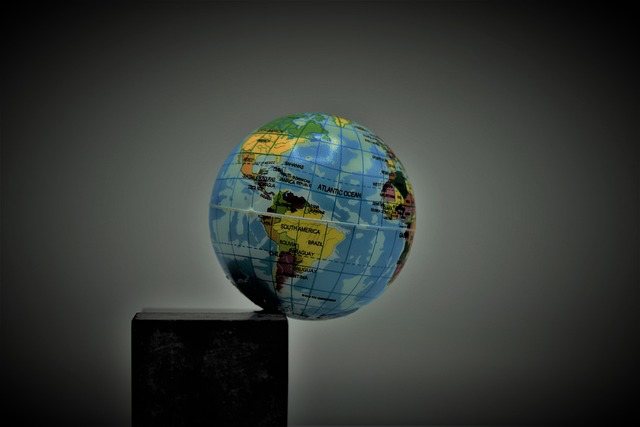
The World Wide Fund for Nature (WWF), an independent conservation organisation, is calling on policymakers and financial regulators gathering at COP30 to place climate and nature action at the centre of financial resilience strategies.

Rising losses from extreme weather and environmental degradation are widening the insurance protection gap, the portion of damages that remain uninsured, placing households, businesses, and public finances at growing risk.
WWF stresses that insurance systems are a foundation of economic stability, supporting investment, safeguarding property, and enabling recovery after disasters.
However, as floods, wildfires, droughts, and storms intensify, and as natural defences such as forests and wetlands are lost, insurance coverage is becoming less affordable and less available.
Data from the UN Office for Disaster Risk Reduction shows that global disaster costs now total around USD 2.3 trillion each year, including indirect and ecosystem losses. Over the past year alone, the United States has faced nearly USD 1 trillion in climate-related expenses, while the European Union has experienced losses of €43 billion from droughts, floods, and heatwaves.
WWF highlights that insurance systems across major economies are struggling to absorb the growing risks. In the United States, homeowners’ insurance premiums have increased by 38% since 2019, and coverage has become unprofitable in 18 states.
In Europe, only one-fifth of catastrophe losses are insured, and the protection gap continues to expand. In Australia, one in six households now spends more than a month’s income on insurance premiums. According to Swiss Re, insured losses from natural catastrophes, mainly climate-driven, are rising between 5% and 7% annually, even after adjusting for inflation.
WWF points out that as insurers raise premiums, limit coverage, or withdraw from high-risk areas, governments are being forced to act as insurers of last resort, adding strain to public finances.
The €30 billion Ahrtal flood recovery program in Germany, Spain’s €2.2 billion drought relief package for farmers in 2023, and the $110 billion in US federal disaster assistance for hurricane and tornado recovery in 2024 all illustrate how uninsured risks become public liabilities.
“The exponentially growing losses and damages from extreme weather events that are undermining the insurance market, are caused both by increasing temperature and the destruction of ecosystems that are protecting us”, added Kirsten Schuijt, Director General of WWF International.
“Forests, mangroves or wetlands are crucial for reducing the devastating impact of these extreme events and therefore need to be at heart of the strategies to increase our resilience and keep regions insurable.”
Laurence Tubiana, Special Envoy to Europe for COP30, stated: “The insurance protection gap leaves people vulnerable as extreme weather events hit people hard. With over half of climate-related losses uninsured globally, and more than 90% in developing countries, this is no longer just an insurance market issue, but a systemic threat to people’s livelihoods, economic resilience and even financial and fiscal stability.”
WWF emphasises that to safeguard global financial stability and ensure societies remain insurable, governments and regulators must address the underlying causes, climate change and nature loss.
The organisation is calling for a series of urgent actions: adopting comprehensive risk and resilience assessments that include direct and indirect losses to guide fiscal and policy decisions; cutting greenhouse gas emissions and reversing nature loss to stabilise long-term risk; integrating nature-based solutions into resilience and adaptation strategies; strengthening regulatory and macroprudential oversight to align financial systems with long-term resilience; and creating stronger incentives to close the protection gap while promoting preventive measures.
WWF underlines the immense economic value of nature-based solutions, pointing to Switzerland where forests provide flood protection valued at CHF 4 billion (USD 4.5 billion) each year, proving to be up to 25 times more cost-effective than artificial infrastructure.
The organisation concludes that climate and nature must be treated as central pillars of financial resilience if economies are to remain stable and communities protected in the face of escalating environmental risks.





